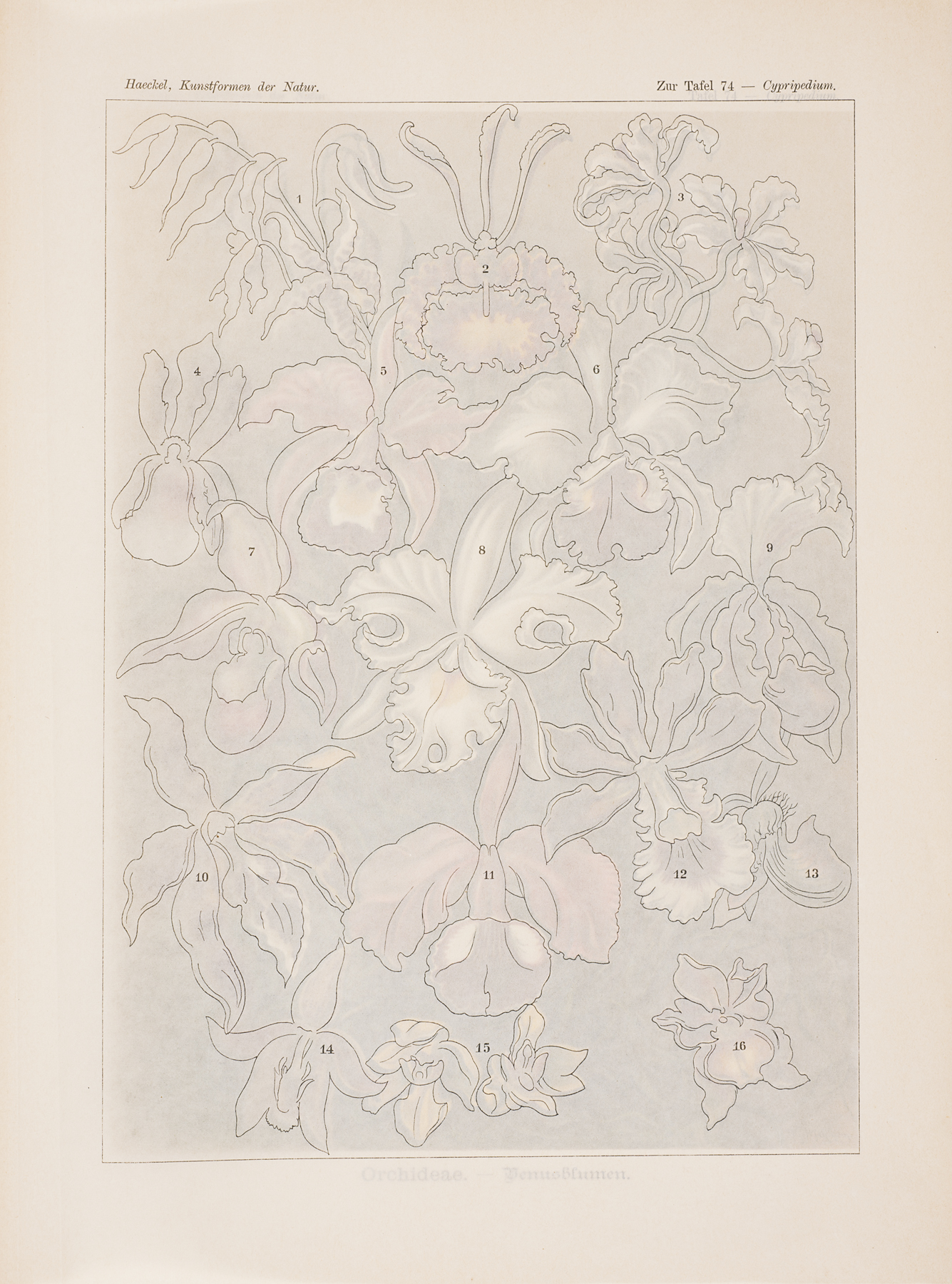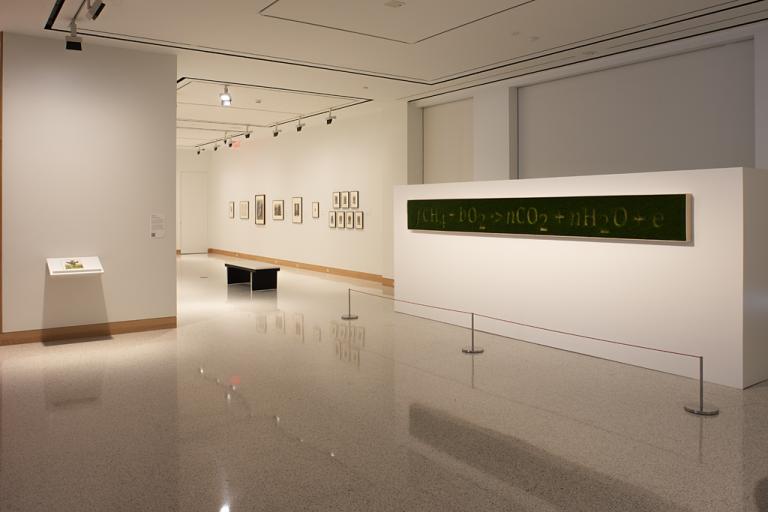Orchids (Orchidae), Ernst Haeckel
Artwork Overview
Ernst Haeckel, artist
1834–1919
Orchids (Orchidae),
1904
Portfolio/Series title: Kunstformen der Natur (Art forms in Nature)
Where object was made: Germany
Material/technique: chromolithograph; lithograph
Dimensions:
Image Dimensions Height/Width (Height x Width): a 285 x 204 mm
Image Dimensions Height/Width (Height x Width): 11 1/4 x 8 1/16 in
Sheet/Paper Dimensions (Height x Width): a 348 x 260 mm
Sheet/Paper Dimensions (Height x Width): 13 11/16 x 10 1/4 in
Image Dimensions Height/Width (Height x Width): b 280 x 200 mm
Image Dimensions Height/Width (Height x Width): 11 x 7 7/8 in
Sheet/Paper Dimensions (Height x Width): b 361 x 274 mm
Sheet/Paper Dimensions (Height x Width): 14 3/16 x 10 13/16 in
Mat Dimensions (Height x Width): 19 x 14 in
Image Dimensions Height/Width (Height x Width): a 285 x 204 mm
Image Dimensions Height/Width (Height x Width): 11 1/4 x 8 1/16 in
Sheet/Paper Dimensions (Height x Width): a 348 x 260 mm
Sheet/Paper Dimensions (Height x Width): 13 11/16 x 10 1/4 in
Image Dimensions Height/Width (Height x Width): b 280 x 200 mm
Image Dimensions Height/Width (Height x Width): 11 x 7 7/8 in
Sheet/Paper Dimensions (Height x Width): b 361 x 274 mm
Sheet/Paper Dimensions (Height x Width): 14 3/16 x 10 13/16 in
Mat Dimensions (Height x Width): 19 x 14 in
Credit line: Anonymous gift
Accession number: 2017.0055.01.a,b
Not on display
If you wish to reproduce this image, please submit an image request





